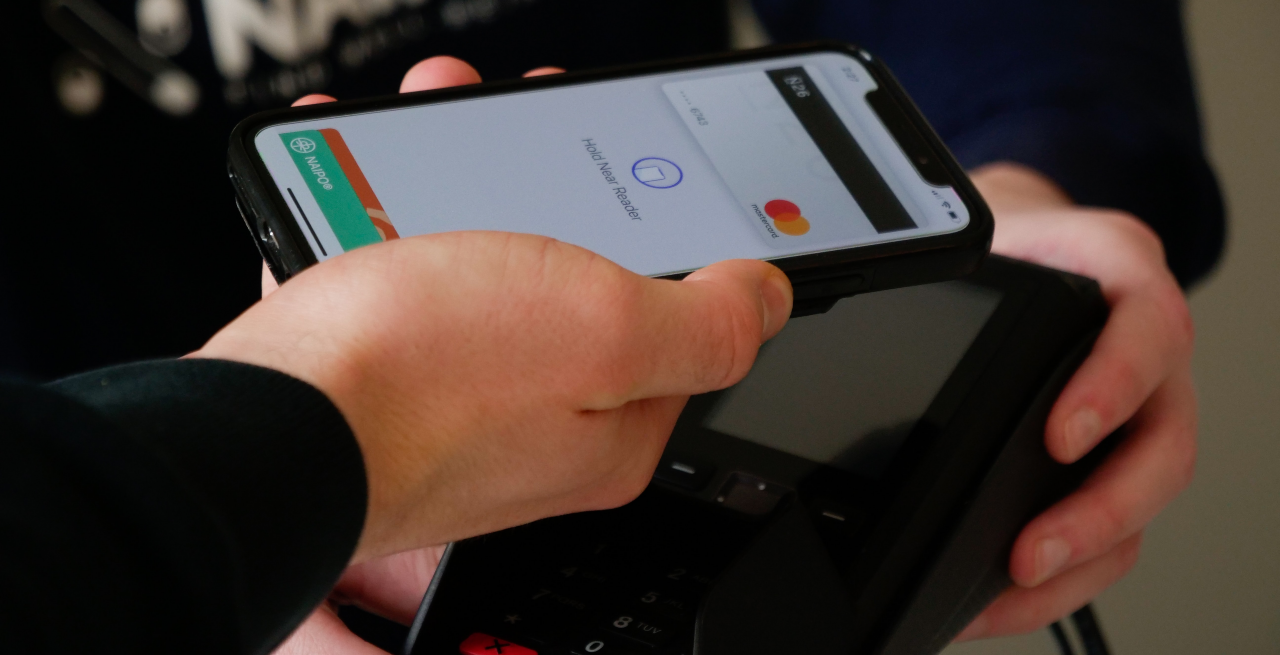Cashless Consumer Creates Need for Secure Connectivity
2 Min Read By Steven Higgins
The prevalence of digital payments and automation across industries means that reliable connectivity is imperative for an organization’s success. Not only do businesses rely on an automated Point of Sale to handle a customer’s transaction–both fulfillment and payment– it is often preceded by customers interacting with digital signage, interactive apps, self-serve kiosks, and more. All of these tools require a reliable connection in order to ensure a positive customer experience.
In the short term, a lost connection equals lost revenue due to an inability to provide that meal or that drink, or importantly to accept payment for them. It also means poor customer experiences with your brand that can have a long lasting impact. That one inconvenience with subpar service can tarnish the reputation of a business and lead to the loss of customers in the long term.
Credit card payments have been outpacing cash transactions for some time now. The use of cash continues to fall, down to just 19 percent in 2021, and at the same time, spurred by the pandemic and simultaneous advances, digital payments are on the rise. They’re expected to make up 51.7 percent of payments by 2024.
Any business that isn’t investing in their IoT infrastructure is simply tempting fate. It isn’t a question of if their connection will go down, it’s when and how often. Neither Wi-Fi or Cellular is failproof, and relying on a single network leaves a business vulnerable. When that network goes down, so do your operations.
Businesses should invest in connectivity infrastructure because it is an integral part of their operations. The most obvious reason for restaurants is to provide customers with a positive experience when they utilize your services. That’s what it’s all about, creating positive experiences to build a loyal customer base.
Automated processes involved with day-to-day operations continue to increase in volume and sophistication. This is a positive development as McKinsey analysts say the change from paper to digital management will double profits. Here are just a few examples of how IoT devices are making that change possible:
-
Connected Point of Sale (POS) Systems. Many people don’t realize POS systems are IoT, but if it's connected to a network, it's the definition of IoT.
-
Mobile POS. Mobile POS connects users to their customers via the cellular network, whether they are at an outdoor table or seated inside.
-
Self-Service Sales Kiosks. We’re now used to self-serve at restaurants everywhere. Customers can place their order on site, without waiting in line.
-
Automated Compliance Reporting. IoT sensors track everything 24/7 from temperatures to open refrigerator doors. You can even set up a system to feed this data into automated compliance reports, especially important for perishables (and to the FDA).
-
End-to-End Asset Tracking. IoT helps track a package from the warehouse to the front door.
As we continue to move toward a cashless society and simultaneously increase automation, reliable connectivity has never been more important to an organization’s success. When — not if — that connectivity fails, the results can be disastrous, causing bad customer experiences, lost revenue, and in some cases, true safety risks.


